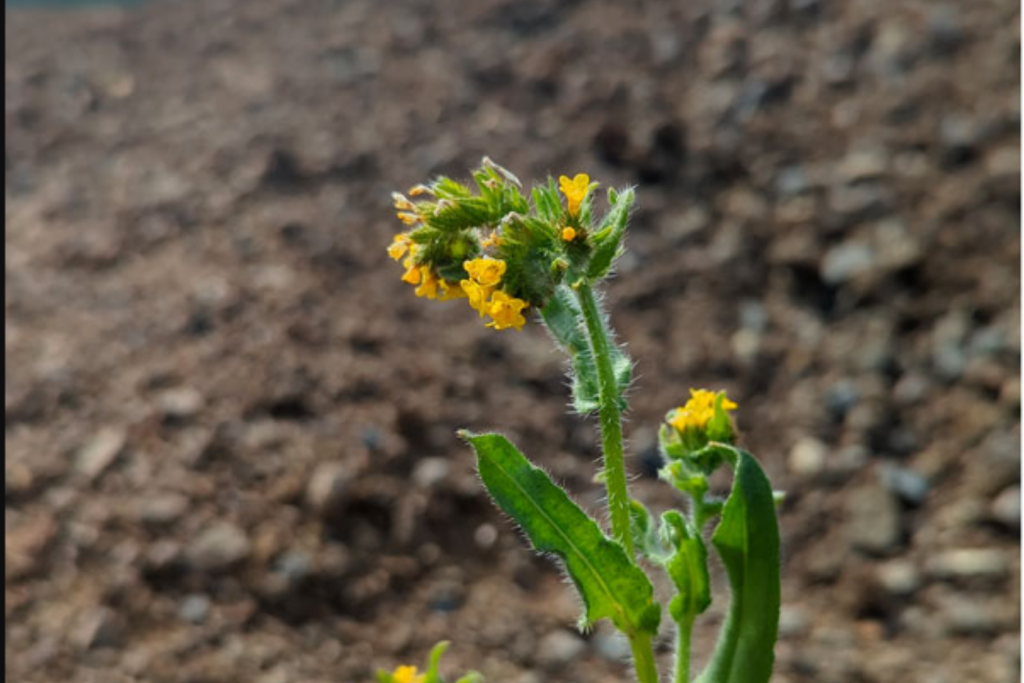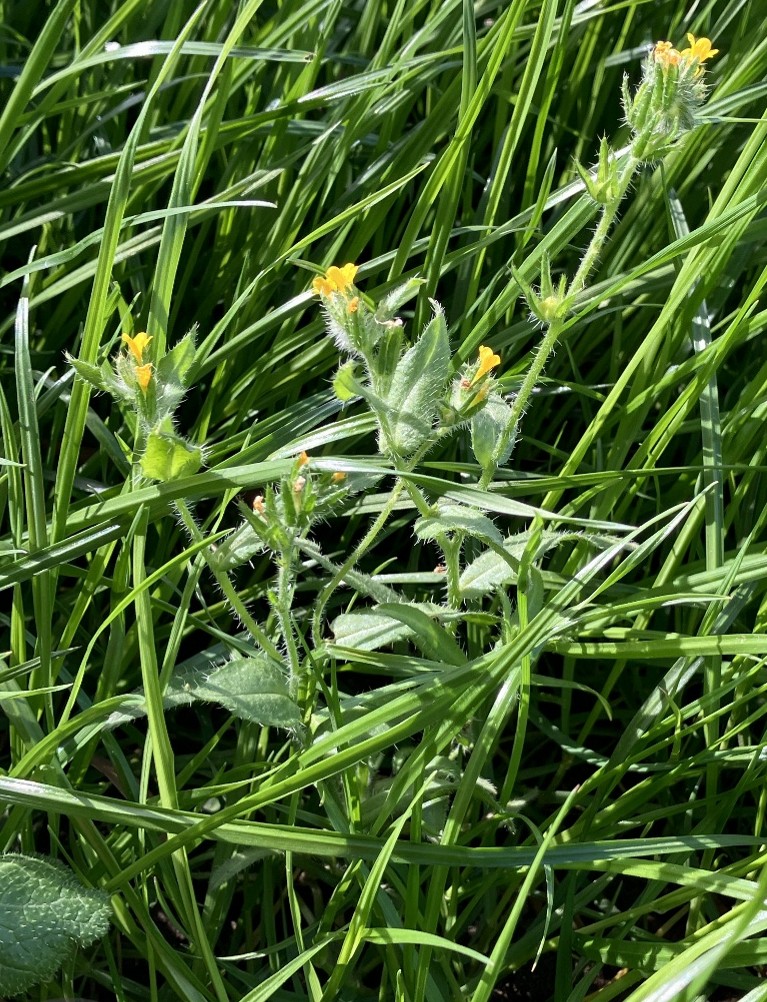
Yellow burrweed (Amsinckia calycina – also known as Amsinckia or fiddleneck) is a declared Class A weed under the Tasmanian Biosecurity Act 2019 and is a high-priority weed for eradication in the Huon Valley. Any new infestations must be reported and controlled immediately.
A recent detection has been confirmed in the Huon Valley, most likely introduced through contaminated sand or topsoil. Sites such as new lawns and construction areas are particularly vulnerable, so residents are urged to remain vigilant and report any suspected plants without delay. Huon Valley Council is working closely with Biosecurity Tasmania to track the source of the incursion and reduce the risk of further spread.
Why is yellow burrweed a problem?
Yellow burrweed is a close relative of Patterson’s curse and poses significant risks to agriculture and the environment:
- Competes with crops and pastures – Grows vigorously and produces large volumes of seed, quickly taking over disturbed sites.
- Threat to livestock – May be toxic if eaten by stock.
- Prolific seed production – Forms rough burrs that readily attach to animals, clothing, and machinery, aiding dispersal.
How to identify yellow burrweed
This species can be identified by its distinctive growth habit and flower features:
- Growth form: Erect annual herb with noticeably hairy stems and leaves.
- Flowers: Yellow to orange, trumpet-shaped blooms borne on a curled, fiddlehead-like stalk.
- Flowering and seeding: Flowers from August to December, producing burrs that drop seeds in autumn.


Photos above: Mature, large, flowering Amsinckia plants showing multiple branching flower stems and distinctive ‘hairy’ stems and leaves.


Report sightings immediately
If you think you have seen yellow burrweed, please contact the Huon Valley Council’s Natural Resource Management Unit on (03) 6264 0300 or email nrm@huonvalley.tas.gov.au. Early detection and rapid response are essential to stop this serious weed from becoming established in the region.

